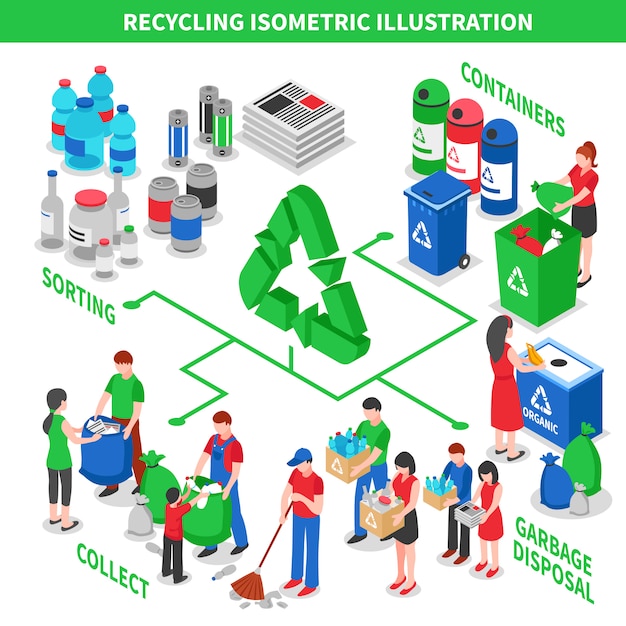
Plastic has long been celebrated for its versatility, but over time, it has become a serious problem for both human health and the environment. The lifecycle of plastic—from extraction to usage and disposal—poses risks at every stage. Despite growing awareness, much research has narrowly focused on specific points like single-use products or microplastics, overlooking the broader consequences of plastic on human health and ecosystems.
### Plastic’s Health Hazards at Each Stage of Its Lifecycle
Plastic’s harmful impact begins right at its creation. The extraction and transportation of fossil fuels for plastic production release toxic substances into the air and water, causing issues like reproductive harm, developmental disorders, and immune system damage. During production and refinement, carcinogens and other toxins are emitted, which increase risks of diseases such as cancer, hormonal imbalances, and neurodevelopmental issues. As consumers, we are exposed to these chemicals through plastic packaging, food storage containers, and even the ingestion of microplastics.
Poorly managed plastic waste contributes further to the problem. Incineration, for example, causes the release of harmful substances like heavy metals, acid gases, and particulate matter into the environment, which can harm not just workers but also local communities. As plastic degrades, it releases chemicals into the air, soil, and water, accumulating in the terrestrial and aquatic food chains.
### Microplastics and Environmental Contamination
One of the major side effects of plastic breakdown is the proliferation of microplastics—tiny, fragmented pieces that can infiltrate the human body. Microplastics have been linked to inflammation, cardiovascular diseases, autoimmune disorders, and even some cancers. These particles end up in drinking water, agricultural soils, and marine life, which means that humans inadvertently ingest them through food and water.
### Toxic Chemicals in Everyday Products
Various plastic products contain additives to enhance durability or improve flexibility. These additives, such as Bisphenol A (BPA) and phthalates, can leach into food or air under certain conditions, like heat or light. BPA, for example, interferes with endocrine functionality, disrupting processes like metabolism, hormonal balance, and reproduction. Similarly, phthalates—common in items like toys and faux leather—have been linked to developmental and reproductive issues, allergies, asthma, and hormonal disruptions.
Studies show that exposure to these chemicals begins as early as infancy. BPA has been found in baby bottles, food containers, and even canned foods, while phthalates have been detected in everyday objects ranging from flooring to personal care products. Repeated exposure can lead to a wide range of health problems, including thyroid issues, infertility, cancers, diabetes, and developmental delays in children.
### Plastic’s Impact on Marine Life
Plastic waste also wreaks havoc on the oceans, accounting for massive garbage patches like the Great Pacific Garbage Patch. Marine creatures ingest plastic or become entangled in it, leading to injuries or death. Chemicals released from degrading plastics add to the toxicity of the marine food chain, which directly affects humans who consume seafood. Research estimates that by 2050, there will be more plastic in the ocean than fish, further amplifying the global marine crisis.
### Long-Term Environmental Damage
Plastics are nearly indestructible, taking centuries to decompose. When not recycled, they accumulate in landfills or seep into ecosystems, contaminating soil and water. For instance, common plastics like PET (used in bottles) can take up to 450 years to break down. During this time, they release methane and other greenhouse gases, contributing to climate change.
### The Limitations of Recycling and Disposal
While recycling has been promoted as a solution, it is far from effective. Only a small fraction of plastics is recycled globally, with the rest sent to landfills, incinerated, or polluting natural ecosystems. Even biodegradable plastics often require specific conditions to break down, which are rarely achieved in landfills or natural environments. Incineration, another disposal method, releases toxic emissions like dioxins if not properly managed.
### How to Reduce Plastic’s Impact
Despite the challenges, steps can be taken to mitigate the damage. Reducing single-use plastics, improving recycling systems, and adopting alternative materials like glass or stainless steel are crucial. Small everyday decisions—like carrying reusable bags, avoiding plastic packaging, and switching to safer storage containers—can make a significant difference.
Additionally, spreading awareness about plastic’s health and environmental impacts is key. Local and global initiatives, such as banning single-use plastics or cleaning up rivers and beaches, can also help curb pollution. Governments and corporations must invest in recycling and waste management technologies while promoting policies that encourage sustainability.
### Moving Forward
Plastic pollution is not a problem we can ignore. Its impacts on human health, marine ecosystems, and the planet are profound. While completely eliminating plastic from our lives might be unrealistic, reducing reliance on it and finding safer, sustainable alternatives are imperative. By acting now—on an individual, community, and systemic level—we can begin to address the mounting crisis and safeguard the future of our planet and its inhabitants.